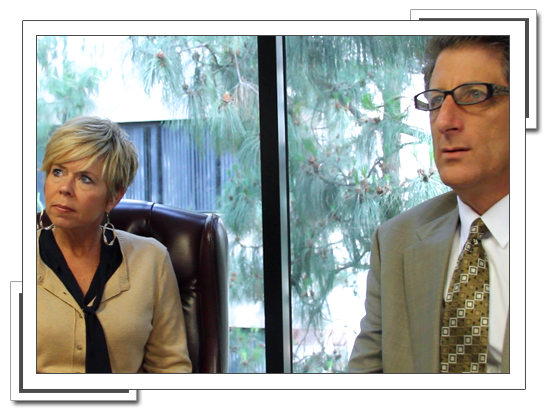CLIENT UPDATE, PLANNING, AND ASSIGNMENTS MEETING I:
- Client and/or family can increase optimization of outcome by accomplishing certain goals
- Assistance in coordination with appropriate program.
- Agreement to timeline for completion of assignments.
- Critical ~ Continuous Communication.
CONTACTING AUTHORITIES:
- Relevant to case before critical interaction with authorities.
- Depending upon charges, particulars of case, formulate specific strategy to interact with arresting officials, district attorney, courts, to maximize opportunity for optimum outcome.
- Prepare for arraignment.
PRE-ARRAIGNMENT EVALUATION:
- Evaluate all particulars of case through information provided by State of California,
- Call district attorney/prosecutor, when appropriate to provide exculpatory evidence or
- Call client with case status, date/time/department of arraignment, answer questions,
- If charge(s) is misdemeanor, client need not attend any court hearings with a few
- Client interviews, client assignments. Other mitigating factors gathered thus far even before criminal charges are officially filed (possible dismissal, reduction of charges, or charges not filed altogether). Remind client of client assignments, timelines.
- Exceptions sentencing. If charge(s) is felony, client IS required to attend ALL court hearings
CLIENT UPDATE, PLANNING, AND ASSIGNMENTS MEETING II:
- Client and/or family can increase optimization of outcome by accomplishing certain goals
- Assistance in coordination with appropriate program.
- Agreement to timeline for completion of assignments.
- Critical ~ Continuous Communication.
ARRAIGNMENT:
- Relevant to case before critical interaction with authorities.
- Attend court hearing – Arraignment.
- Inform court of private counsel retention.
- Case documents received and/or still required.
- Confirm true name and date of birth on complaint.
- Waive reading of complaint.
- Enter Not Guilty plea.
- Deny all allegations.
- Inform court that client has been advised of constitutional rights.
- Set future court dates.
- If client in custody, make bail argument.
BAIL HEARING:
Present arguments to the Court as to general release, OR (own recognizance) release, or reduction of bail. Factors to be considered are:
• Are you a threat/danger to the community:
- What is the charge(s)?
- What are the underlying facts behind the charge?
- Were people injured? If so, how many? And type of injury.
- Were weapons involved?
- Were there co-defendants?
- Where you cooperative?
• Are you a threat to run away?
- Ties to the community
- Did you grow up locally?
- Did you attend school locally
- Do you have family in the area?
- Are you employed?
- Friends, associations, church, activities, etc.
- Family and friends actually in the courtroom.
- Retention of private attorney.
- Seriousness of the charge.
- What are the underlying facts behind the charge?
• Willingness to abide by court order:
- Attend self-help meetings.
- Give a fourth waiver.
- Check in with probation officer.
- Drug testing.
Watch the Design Process



Click on each step of the process:

